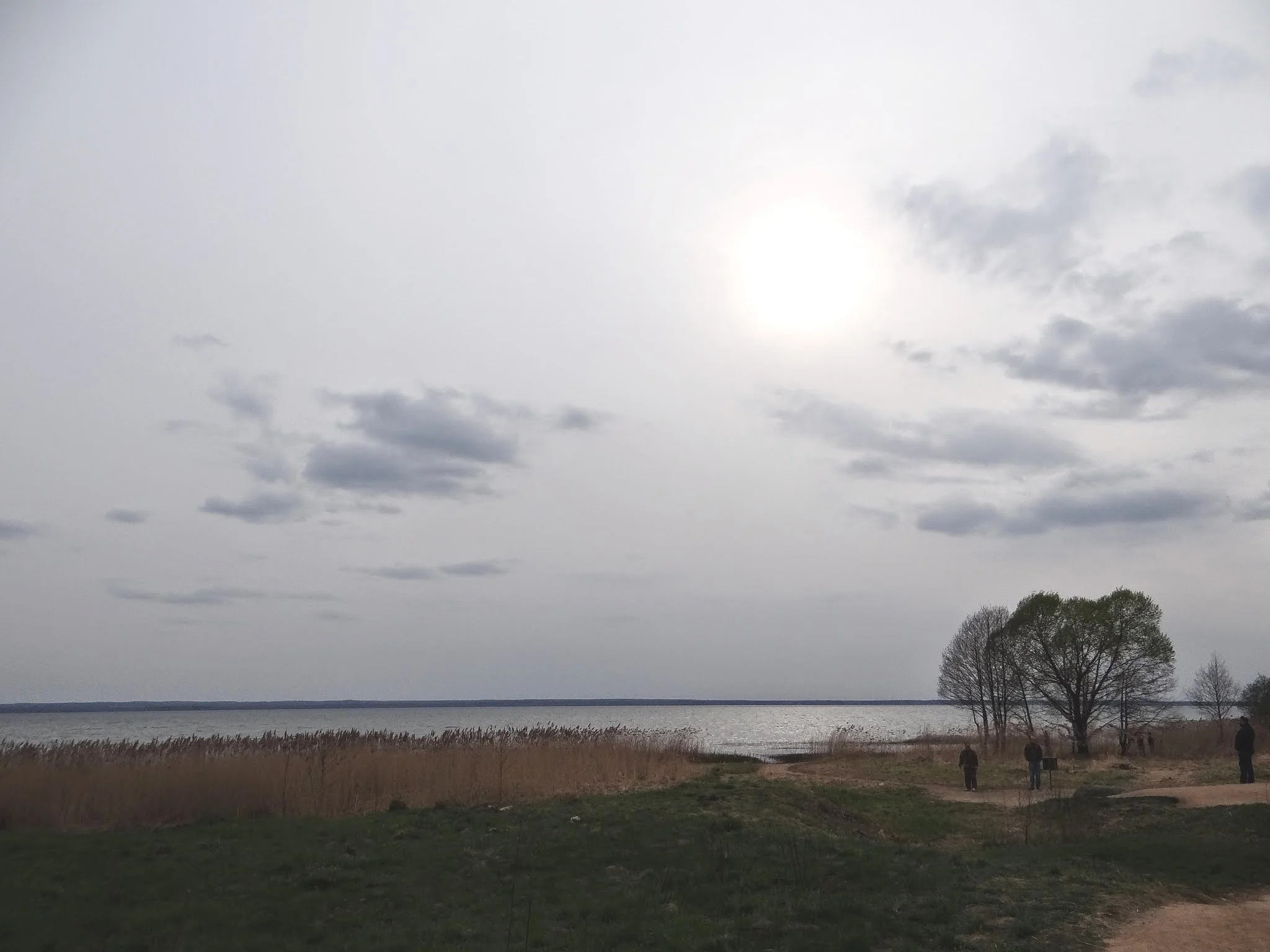Pereslavl-Zalessky: Lake Plescheyevo and the Nikitsky Monastery
A staging point on Russia’s Golden Ring itinerary
Located some 140km North of Moscow, the city of Pereslavl-Zalessky, on the shores of Lake Plescheyevo (and the National Park of the same name), offers quite a convenient stopover point, roughly half-way on the road to the historical city and UNESCO World Heritage site of Yaroslavl.
Although this time we pretty much skipped the city itself, we had the chance to visit what is likely its most remarkable historical attraction: the Nikitsky Monastery, on the Northern outskirts of Pereslavl-Zalessky.
The Nikitsky Monastery is remarkably old (at least by Russian standards), as it was founded in the 12th Century by Nikita, a saint of the Orthodox church that led an ascetic life in the area where the monastery is now located.
One of the striking features of the monastery is the grey, silvery colour of its domes, which, in combination with the white-washed walls that encircle the compound give it quite a neat appearance (particularly when you compare it with other, more colourful churches and monasteries in Russia).
The current look of the monastery is the result of some intense restoration effort, though, as during the communist era the monastery lost its religious function and was used as a prison and later as a military installation, being only recovered by the Russian Orthodox Church in 1993.
We had the chance to visit on a rather cloudy spring afternoon. The sun was gleaming at times through the cloud cover, with its rays never fully breaking through it, but managing to convey, however, quite a mystic atmosphere to the place.
Lake Plescheyevo
Although not particularly large by Russian standards (9.5km at its widest point), the almost perfectly round Lake Plescheyevo has some interesting historical particularities.
One of them is that in the late 17th Century the tsar Peter the Great used the lake as its first naval training ground in, more or less open water (previous navigation attempts had been confined to the narrow Yauza river, in Moscow). Always keen on naval matters, Peter the Great set up a flotilla in the lake that entertained him during the summer months (he used the nearby Nikitsky Monastery as his base during that time) and went on to become, eventually, the Russian Navy.
Also on the shores of the lae is a Blue Stone, that was venerated by the pagan Meyran people that inhabited this region in the early middle ages.
Lake Plescheyevo is nowadays a recreational area that enjoys protected status as a National Park.




